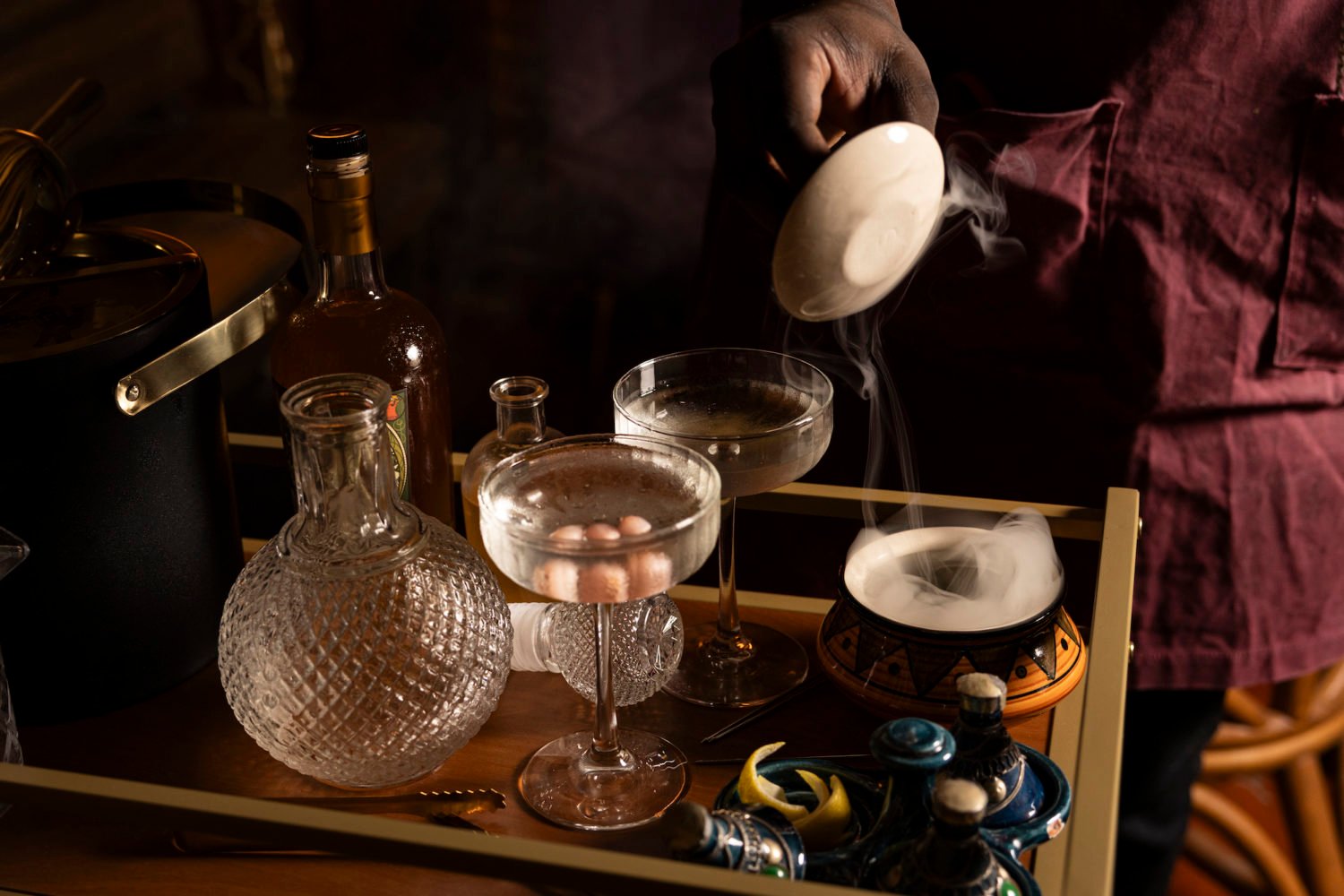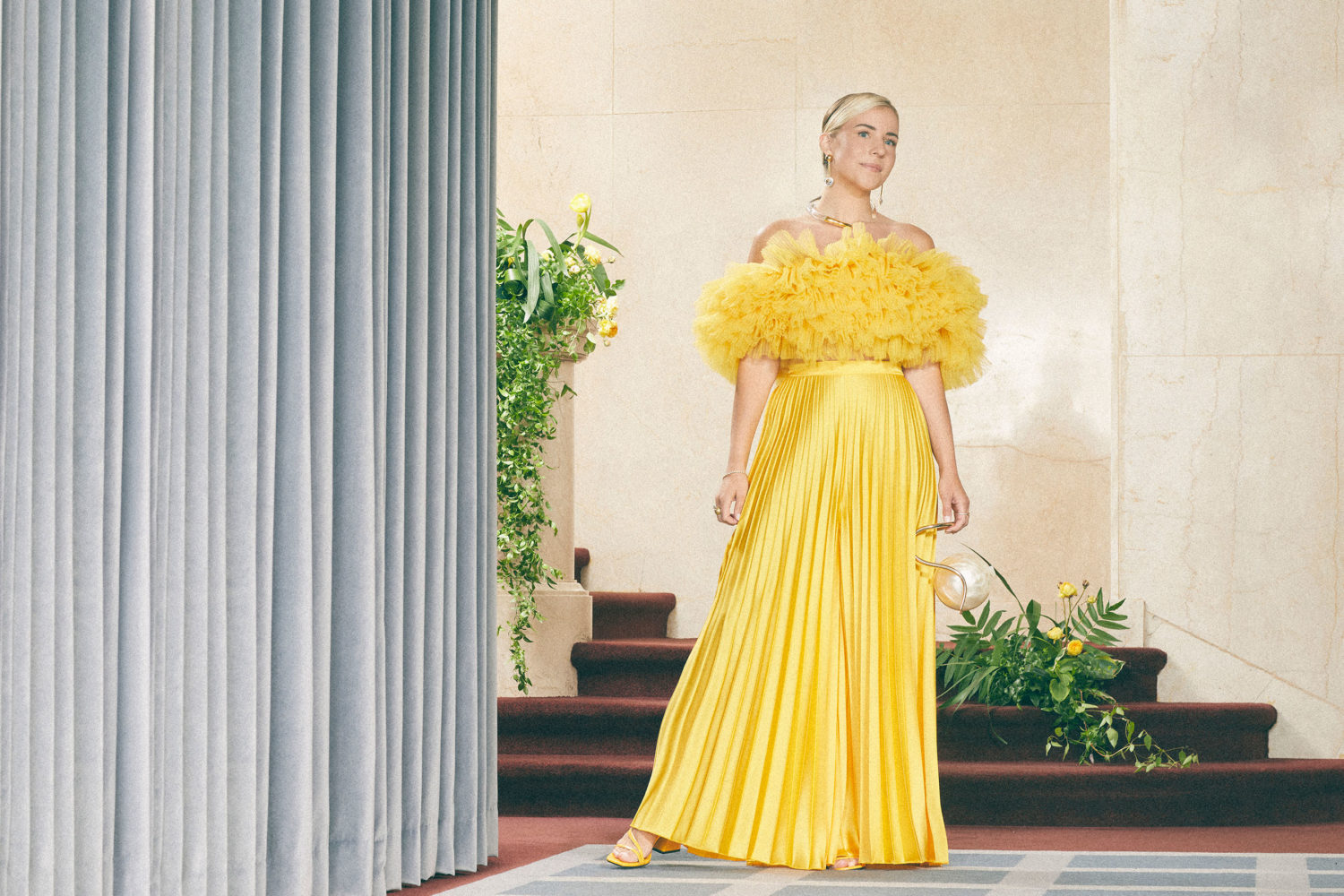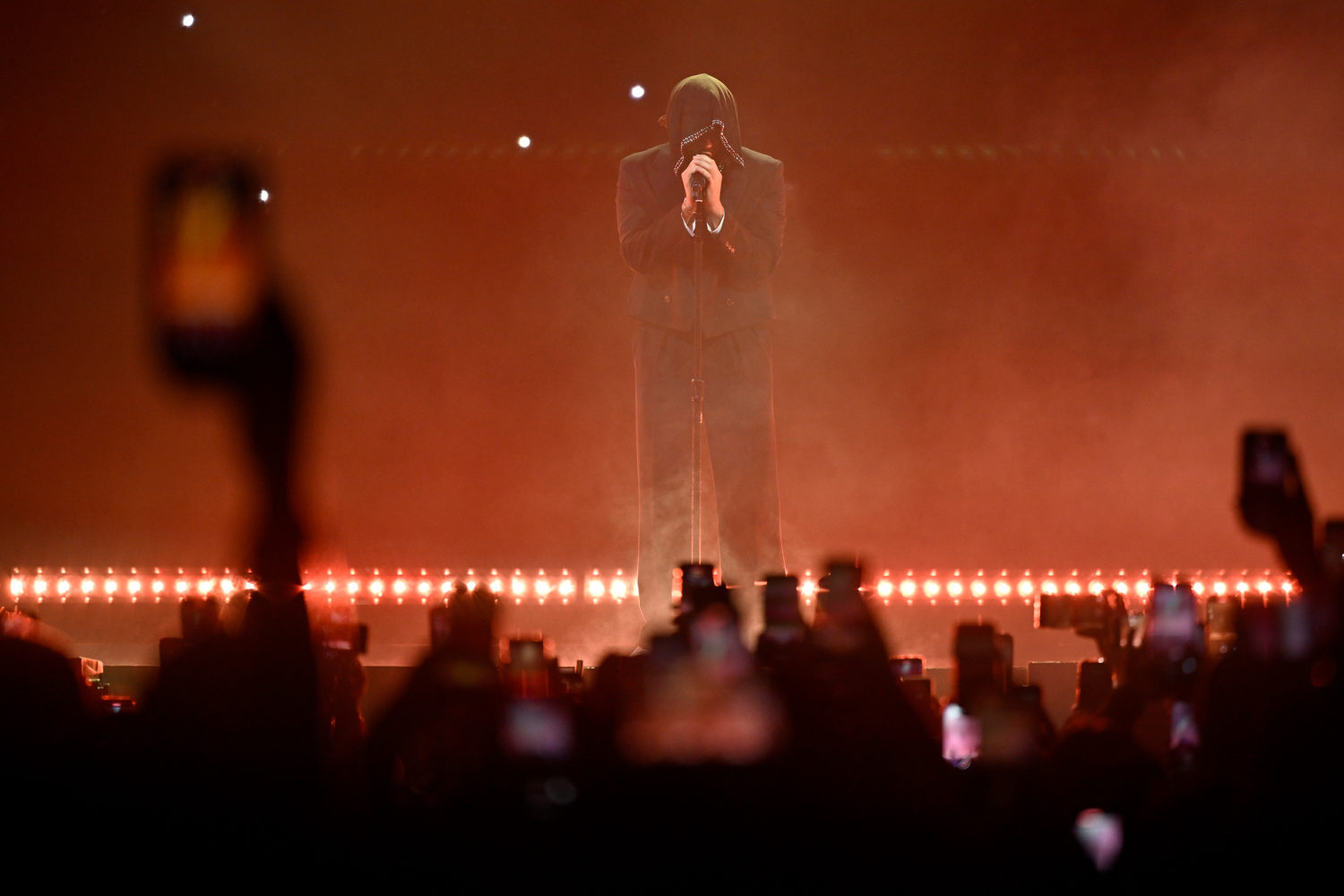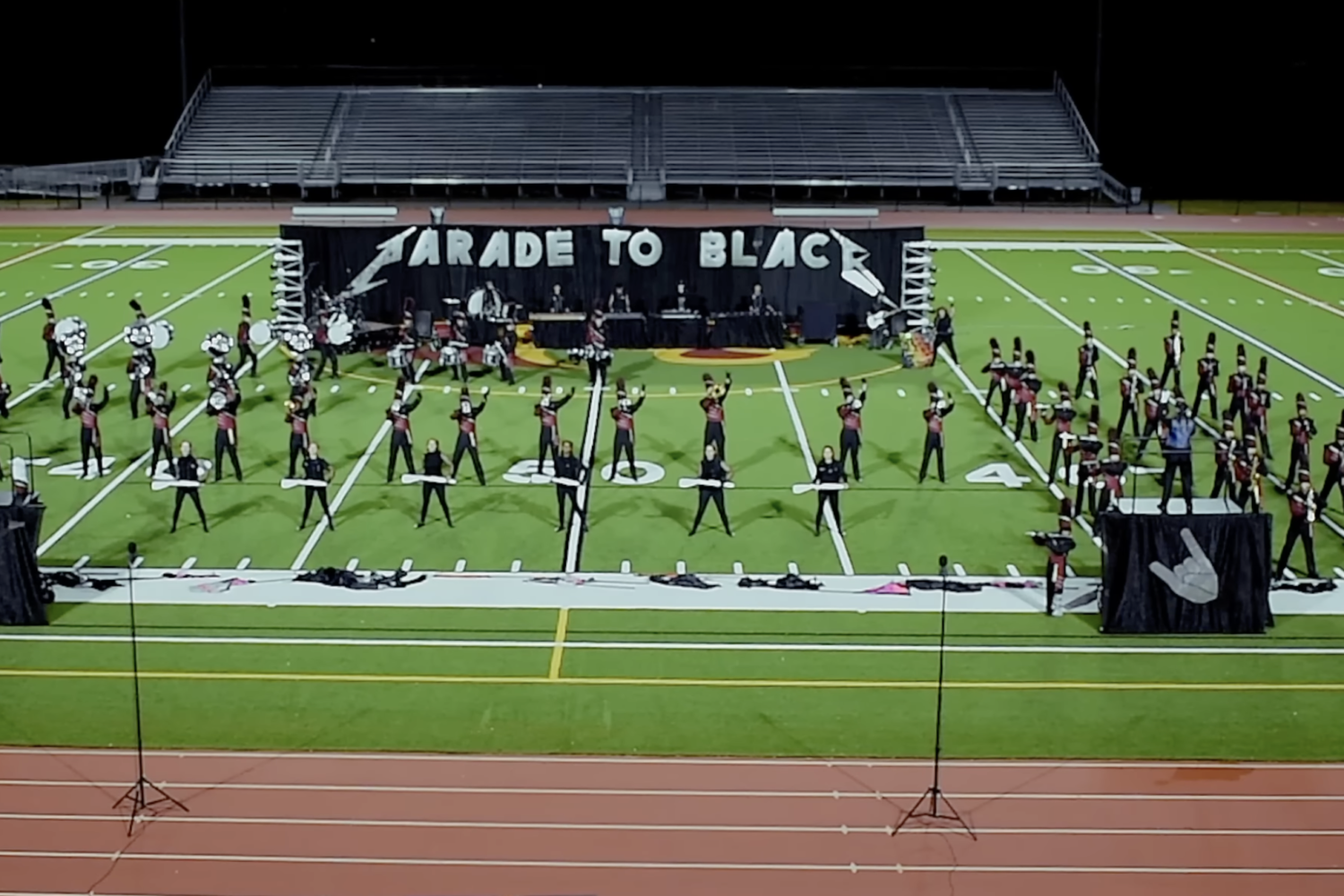By Judith Snyderman
Behind the Looking Glass
One of today’s hottest bathroom add-ons is a combination LCD television and vanity mirror. Turn on the power, and a TV image appears within the mirror. Turn it off, and it reverts to a seamless reflective surface.
The effect is snazzy, and the access to stock reports while shaving is handy. But the screens cost $2,000 to $10,000, and their long-term durability has yet to be tested. “You go through TVs faster than you go through bathroom fixtures,” says Scott Scavo, owner of S2 Designer Homes in Springfield.
The part most likely to fail in an LCD TV is the backlight, a fluorescent bulb that requires professional servicing. Scavo suggests choosing a model with a warranty. (Custom-built units may not have them.) Also, before embedding TV components inside a mirror or recessing them into a wall, make sure that what goes in can come out for repair.
That’s good advice for all the electronics now making their way into the bathroom—from surround-sound systems to remote-control tub fillers.
Living With Glass Tubs
Bathroom innovations don’t stop there. How about an illuminated bathtub? The Canadian firm Generate makes them in five colors plus a multichromatic option (from $1,499).
There are glass tubs, tubs that look like fine china, and tubs that come in unusual sizes and shapes—like a $22,000 Jacuzzi sculpted by the design firm for Ferrari automobiles.
These showstoppers may have to be kept spotless, especially glass ones, lest soap scum or water spots ruin the effect. Unusually shaped tubs may not be a good fit for small or frail bathers. Interior designers recommend testing a tub in a showroom to ensure easy entry and exit.
Bubble Trouble
When it comes to buying a tub with hydrotherapy jets, the more turbulence the better, right? Not so, says Carolyn Thomas of Jennifer Gilmer Kitchen & Bath.
Spa tubs come with two types of jets: water and air. Water jets are more powerful but require maintenance at least every three months to remove residue from the tubes that carry the water. Forget to clean them, and bathing may become unsanitary.
Air jets, which generate bubbles, take less upkeep, but the sensation isn’t as strong. Still, except for athletic types who crave pulsating relief for sore muscles, Thomas says air jets are the better choice.
Loss of Shower Power
Those trendy rainforest showers, which are mounted overhead, may look and feel great, but they can be prone to clogging. For a minimalist look, some installers embed the showerhead in the ceiling rather than hanging it from an exposed pipe, making it awkward to reach for cleaning. Over time, residue can build and turn the downpour into a sprinkle.
Any overhead spigot also means getting your hair wet every time you use the shower, while standard wall nozzles allow more control of the spray.
For a trouble-free rain effect, you might choose an overhead design that allows the showerhead to unscrew for cleaning. That will save your back. To save your hairdo, you can position faucet handles so they can be reached without your having to get under the water.
Splash of Reality
Open showers are in demand, and if they are spacious enough to contain splashes—builders say at least five feet by five feet—they can mean less maintenance because there are no shower doors to keep clean.
Arlington builder Bruce Deutsch does recommend using expert tile setters to get the pitch of the floor right so that water flows toward the drain and doesn’t wind up all over.
One challenge with innovative bath features is that the newer the design or the gadget, the less likely that contractors will have experience with it.
Shanon Munn of Ambi Design Studio designed a bathroom with a one-of-a-kind natural-stone vanity top for a couple in Springfield. They chose faucets mounted in the wall over the basin for a sleek look. It is beautiful, but they can’t wash their faces over the sink. The problem? Wall-mounted faucets require more precise alignment than countertop taps. Munn’s contractor missed the mark when he cut the hole for the sink. Once he got the basin under the faucets, there was no room to lean in without bumping one’s head.
Munn’s customers love their granite top so much, they’ve decided to live with the inconvenience rather than start over with a new slab.
Munn says it was her job, as the designer, to coordinate installation. One lesson: The less conventional the fittings, the more oversight is required by an expert.
Counter Intuitive
Surprisingly, some of the most popular and expensive bathroom countertop materials and cabinet finishes aren’t designed to get wet.
“People want marble, and marble is not good if you worry about stains,” says Scavo. Because marble is porous, it must be kept sealed. It is an especially high-maintenance choice in homes with hard water, where mineral deposits can stain. Instead, for shower, tub, and sink surrounds, Scavo recommends granite, porcelain, or ceramic tile.
Want an organic look without the upkeep? Try engineered materials like Silestone and Zodiac. These are typically used for countertops but can be applied to bathroom walls.
Many of the lacquered and decorative laminates now popular for bathroom cabinets “chip, peel, and rot,” says Bruce Deutsch. For the most durable cupboards, he recommends solid wood with a sealed finish.
Designers also say bigger isn’t necessarily better when it comes to storage. It’s hard to reach things at the back of shelves more than 12 inches deep unless you install roll-out shelves.
Sinking Feeling
A hallmark of today’s trophy bathroom—the vessel sink—is about as impractical as it is popular, says Deutsch.
The diameter of many bowls is not wide enough to avoid splashes beyond the rim. Glass and stainless models may need to be wiped down with every use to avoid marring their looks with toothpaste blobs.
Still, Deutsch himself chose fabulous over functional and put a vessel sink in his vacation home’s powder room. “It’s gorgeous,” he says. “That’s one of the sacrifices I made.”
He keeps a bottle of Windex and a roll of paper towels standing by.

















